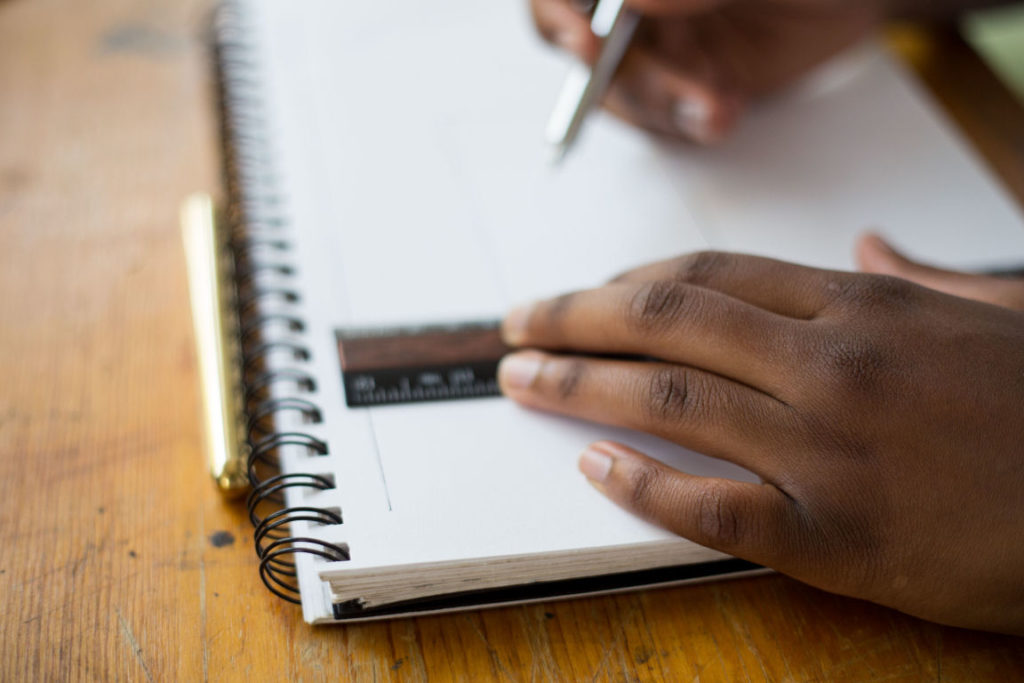“it is about making it as actionable as possible while staying entrepreneur-focused”

creator of the Lean Canvas
Not every product development requires the deep dive that a Business Canvas gives us. The Lean Canvas saves cost and time because as Ash Maurya, the creator of the Lean Canvas, states “it is about making it as actionable as possible while staying entrepreneur-focused”. The Lean Canvas gives us a blueprint that guides the entrepreneur from ideation to building a successful start-up in product development. I have found the Lean Canvas to be concise, compact, and collaborative.
But how does it do this? One has to look at the layout, questions it asks and most importantly, the sequence the Lean Canvas asks questions in:
1. Customer Segment
Start here. Define the customers. Know your target audience and users. List the characteristics of the Early Adopter. Who is your ideal customer.
2. Problem
And what is their problem. List at least three characteristics of the problem they have. Many startups fail because they have not understood the problem space as deeply as is required. Roll up your sleeves and use any and all tools available to truly understand the problem. This will save you a great deal of cost and time by ensuring that you don’t develop a product that fails because you didn’t understand the user, their problem and the ways in which this problem manifests
3. Revenue Streams
List all sources of revenue
4. Solution
Outline a solution for each of the problems listed
5. Unique Value Proposition
A single, clear, compelling reason to turn a visitor or viewer into a prospect and buyer
6. Existing Alternatives
Although this is listed under Problem. I like to give myself and the teams we work with some time before discussing the existing alternatives so that the problem, revenue, solution and unique value proposition has time to form. Remember that existing alternatives are any solution that a user has to deal with the problem. An existing alternative to AirBnB is not just hotels and B&B’s, but also the famous couch surfing culture and even staying with friends of friends
7. Channels
What are the paths to your customer and user? Find those paths and walk them flat understanding them and why your customer is reachable in this way
8. Key Metrics
What key figure helps you understand how well the product is doing in the market. Note, I wrote figure. Maurya points out that entrepreneurs often drown in the metrics and I have found that to be true. Entrepreneurs spend time reading reports instead of in action. Decide on the best metric and monitor it carefully to guide your continued product development
9. Cost Structure
List all costs related to the product development.
10. Unfair Advantage
What do you have that a competitor cannot easily copy or buy? Write that down and develop it, focus on it and continually develop new unfair advantages.
However, not every product development is suited to the Lean Canvas. Here are 3 Questions to help you determine if the Lean Canvas is canvas you should use:
- Are you a startup who needs a quick blueprint? Knowing that the blueprint will shift as you discover more about the user and their problem
- Are you still validating the problem and details around the business model?
- Are you the first into the space and so have little to no competitors to research for failings and successes?
If you answered yes to the above, take 30 minutes to sketch out your product development on the Lean Canvas. It will be a worthwhile investment.





